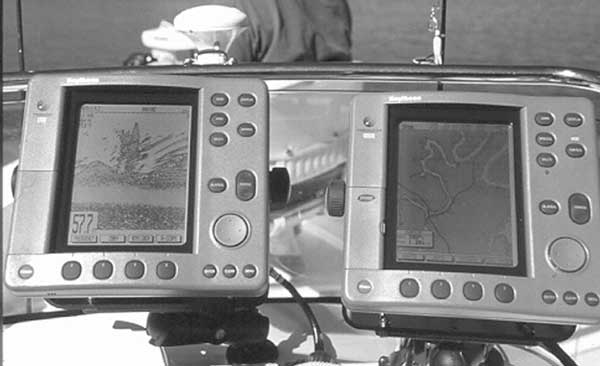
The ranks of tarpon fishermen are slowly fading away, which this angler can’t understand. He shares his insights into the passion of his life — Louisiana’s silver kings.
A few simple tips can keep things working when summer’s blazing heat brings out the worst in everything from batteries to LCD screens. Batteries require more charging power at cold temperatures and less power when it gets hot. This means it is easier to overcharge a battery during the summer months.
Full-maintenance, flooded cell batteries tend to spew more electrolyte from their vents during normal use when the ambient temperature hovers near the century mark. The hotter and more humid the weather the greater the potential for a mess.
Big, deep-cycle batteries that power trolling motors tend to expel more fluid than the smaller batteries used for engine cranking, but both types should be checked regularly. The resulting mess can spread from the tops of the batteries to the whole battery compartment unless you keep it cleaned up.
I put on a pair of rubber gloves and carefully wipe the battery tops with paper towels to remove the wet electrolyte and the crud it collects. The used towels go into a trash can lined with a heavy plastic bag.
Battery acid will ruin fabric rags, eat holes in your clothing, and can damage any part of your body that it touches so be extremely careful.
Cleaning the battery tops before removing the cell caps to check water levels reduces the chance for gunk to get into the cells. You should always check battery water levels at least once a month, but it’s a good idea to check them as often as every other fishing trip during the hottest summer months.
Sealed AGM and gel batteries don’t make a mess but they, too, are more easily damaged by overcharging in hot weather.
Parking your boat in the shade helps keep the battery compartment’s temperature down and an onboard, temperature-regulated charger does the best job of keeping batteries ready to go without overcharging them.
The LCD screens on fish-finders and GPS units are excellent solar collectors, and constant exposure to direct sunlight can cause them to darken. The screens on older units often turned too dark to read after a couple of hours of full sun, but newer screens have more sun tolerance.
The contrast and brightness controls on today’s displays can almost always bring their sun-darkened pictures back to full visibility.
An engineer once told me that LCDs begin to dissociate (a fancy term for “come apart”) at 185 degrees. It’s unlikely that a screen will reach that temperature under conditions that a fisherman or boater can stand, but a bit of extra care during the hottest days is cheap insurance.
If your electronics are easily removed, put them in a compartment or a shady spot in your tow vehicle while trailering to the water. This keeps the sun from getting a head start on their screens.
While out on the water, tilt a unit’s screen away from the sun or cover it with a light-colored towel when you aren’t using it. If your units came with snap-on screen covers, this is a great time to use them.
Beware of doing too much of a good thing: Never put a unit in a cooler. Suddenly reducing its temperature will condense any water vapor inside the unit, fogging the screen and accelerating internal corrosion.
The threat of skin cancer has every sensible fisherman and boater applying liberal amounts of sun screen to all areas of exposed skin. Keep this stuff on your skin and off your electronics. It can permanently discolor the protective lens over an LCD.
Anglers who fish at night to avoid the heat should be just as careful when applying insect repellents because they can do the same thing.
These heat-management tips, applied along with some common sense, will keep your batteries and electronics safe and fully functional through the dog days of summer.


